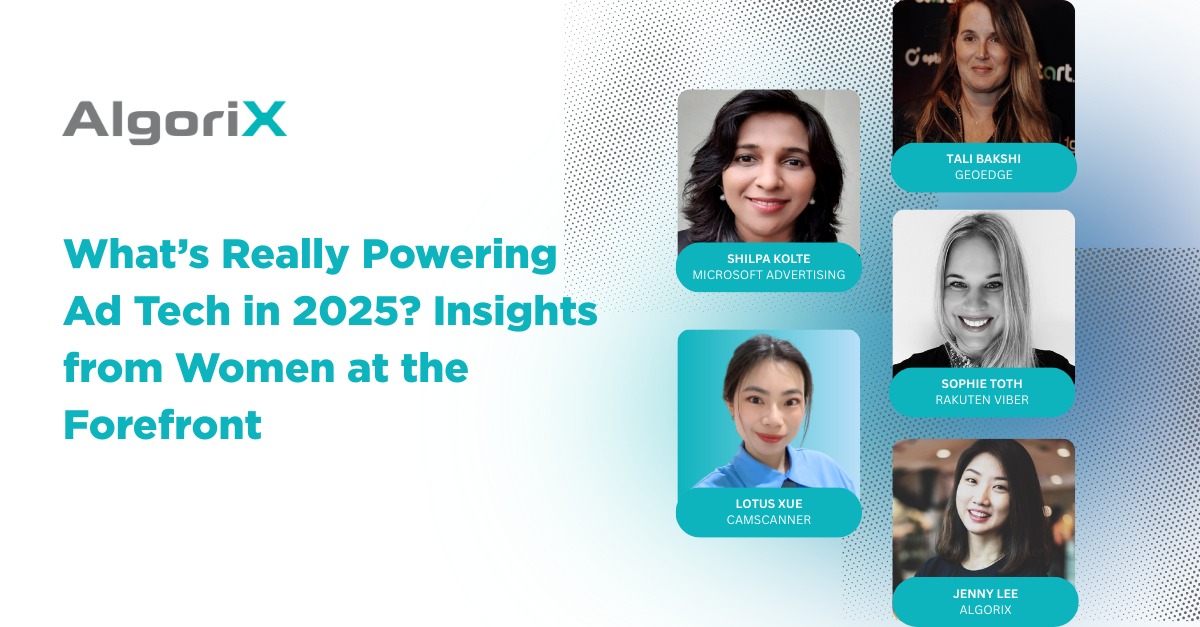The News—What Just Happened?
Meta’s push to fully automate advertising using AI is bold and inevitable. For performance-driven campaigns, the upside is clear: hyper-personalization, rapid testing, and scalable efficiency with less manual effort. Small businesses could access strategies once reserved for enterprise budgets. But for automation to work, brands must trust black-box systems with some of their most critical consumer touchpoints. There’s also the risk of limited visibility into how decisions are made or why certain creative performs.
Algorithms may optimize for short-term metrics, but they lack cultural nuance, emotional intelligence, and the storytelling depth needed to build long-term brand equity. For advertisers, this signals a shift in role: from creators to curators. As AI takes on more execution, marketers must define guardrails, set strategic direction, and interpret outputs. Human oversight is essential not just to guide automation, but to preserve what makes a brand distinct. The future isn’t fully automated. It’s AI-augmented, human-led.
Why the Idea Sounds Great
- Speed & scale. Meta’s Advantage+ engine can automatically test up to 150 creative combinations at once, shifting spend to the winners in minutes.
- A lower entry bar. Meta positions the new workflow as a “boon to small and midsize businesses,” giving them tools once reserved for big trading desks.
- Continuous optimisation. Advantage+ uses AI that learns from live signals 24/7 and reallocates budget in real time, staying nimble even as privacy windows shrink.
The Part the Headlines Skip
How Marketers’ Jobs Will Shift
A Tale of Two Funnels
A Practical Playbook for the Next 18 Months
-
Audit your creative library. Make sure voice guidelines, modular assets, and rights-cleared images are easy for a model to read. Quality input fuels quality output.
-
Draw bright red lines. List no-go topics, compliance flags, and tone misfires the model must never cross. Be explicit—even obvious—because machines take everything literally.
-
Upskill early. Teach prompt writing, model QA, and insight translation now. Waiting until roll-out week is a stress test nobody wants.
-
Stress-test attribution. If Meta optimizes spend every hour, can your reporting stack keep pace—and keep the finance team confident?
-
Keep a human review loop. Even perfect code needs a gut-check when news breaks or culture shifts overnight.












